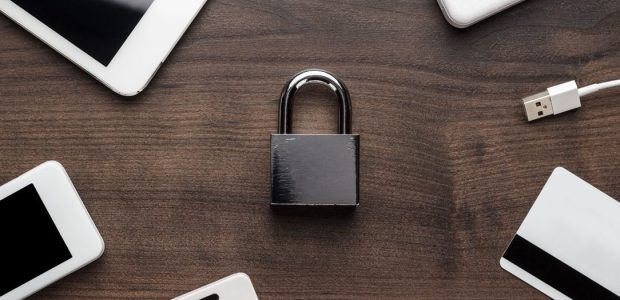As we enter the fourth quarter of 2020, we’re going to take a look at the techniques cybercriminals have been using this year and how you can protect your digital assets from them going into 2021. This first of a two-part series examines three cybersecurity threats that we’ve seen in 2020: attacks on the Internet of things, incidents caused by human error, and mobile and 5G vulnerabilities.
IoT Attacks
The Internet of things (IoT) was born out of our need for connection, convenience, and efficiency. Smart devices are changing the way we live and work, allowing us to control multiple systems from a single laptop, tablet, or smartphone. With IoT, equipment gathers information about behavior and habits so that these devices can operate with little to no interaction from the user.
IoT in the banking and financial services market is expected to grow from $249.4 in 2018 to $2.0 billion in 2023. As IoT devices and the businesses behind them harvest data to better serve their customers, they are also putting this information at risk.
Every time you use an IoT device or application to monitor customer interactions or your customer uses a smart device to communicate with your bank website, your bank network might be susceptible to a cyberattack. A compromised IoT network can expose private and personal information. Cyberthieves can take over the network and the equipment itself as well.
Internal Attacks
One of the biggest threats to a bank’s network security is its employees. Most internal attacks are unintentional and are often caused by an employee’s negligence. In the office, an employee may unwittingly open an email and download malware onto their workstation, or they could visit an unsecured website that exposes the entire network to a malicious attack.
As the COVID-19 pandemic has forced more employees to work from home in 2020, the threat of cyber breaches has become more problematic. Without proper network perimeter security or by using personal equipment as opposed to company-owned devices, cybercriminals can steal telecommuters’ login credentials and install malicious code into your bank’s system.
Mobile Attacks and 5G Vulnerabilities
As technology continues to improve and evolve, more customers are using their smartphones and mobile devices for banking purposes. Employees working remotely may even use their mobile devices to check email or communicate with colleagues. Cyberthieves have developed malware specifically to attack the operating systems of these mobile devices.
Also, as 5G gains traction, wireless carriers are pushing devices to switch automatically from cellular to WiFi networks to save bandwidth when making phone calls and managing data. This 5G-to-WiFi handover process exposes new security vulnerabilities in 5G hardware and firmware that can then affect your network.
Final Words
With smart devices, working from home, and 5G networks gaining ground in 2020, cybercriminals are finding new ways to attack financial institutions. Be sure to read next week’s blog to discover how you can protect your bank website against these threats. Until then, you can learn more about how by BankSITE® Services safeguards the networks of the customers we host.


